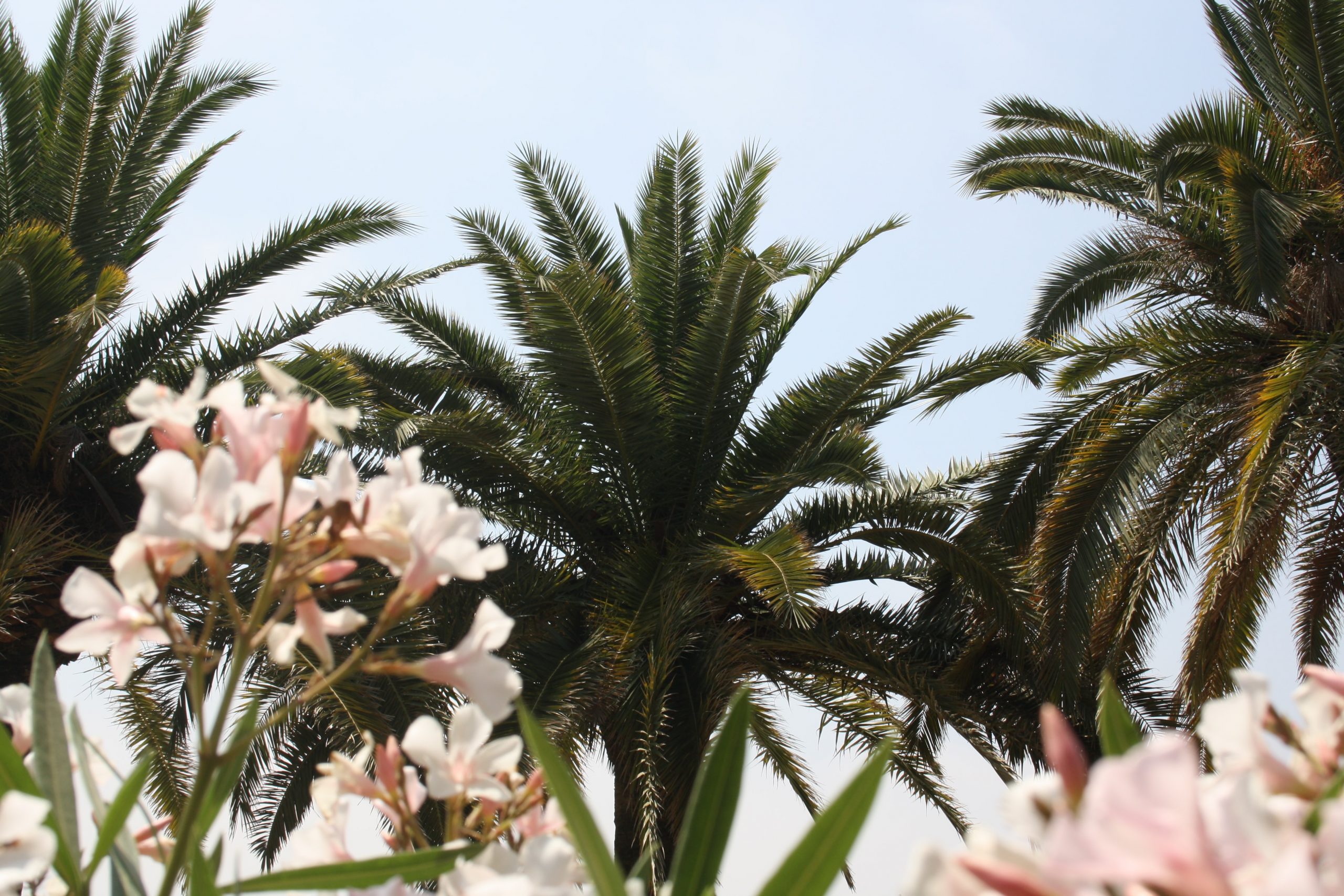
URBAN FOREST CO-CREATORS UNITED BY THE RIVER LLOBREGAT IN BARCELONA
South of Barcelona, the Llobregat is a historic river that has played a major role in propelling Catalonia to grow and prosper. Its lowermost territories are a biodiversity hotspot and offer a wide variety of ecosystem services to the nearby metropolitan areas, such as food and fresh water. However, over-exploited to power industries, irrigate crops and provide drinking water, living space and a transport network to millions of people, the lowest portion of the river is heavily populated and under a high level of pressure.
In this context, CLEARING HOUSE’s Llobregat&Co living lab steps in to involve a wide range of stakeholders in reimagining a sustainable, tree-based relationship with this watercourse. Led by the Catalan entities CREAF and AMB, Llobregat&Co was created to better plan and manage the Llobregat lower basin using Urban Forest as Nature-Based Solutions (UF-NBS ) as a community.
THE CO-CREATION MAP IN COVID-19 TIMES
Despite the COVID-19 restrictions, the two small-group workshop sessions carried out in November and December 2020 came fruitful. Twelve participants –6 public administrators and 6 researchers— discovered and learnt collectively about ecosystem services and NBS and discussed over the related challenges that arise on a multidisciplinary scope.
Using specifically created ecosystem-services cards and ancillary maps, together with a map of the Llobregat lower valley and the project’s documents, the participants were engaged to find knowledge gaps related to UF-NBS in the Llobregat metropolitan areas.
“Beside the co-design sessions, there will be walking events by the river to help us get a better understanding of both trees and NBS challenges in this complex territory.”
LAURA CID, environmental scientist, AMB
What should be the role of trees, parks and forests?
The co-designers underlined that trees play a major purpose in connecting one land to the other, thus reducing landscape fragmentation. Also, green infrastructures of the Llobregat river delta and its agricultural lands can help preserve local biodiversity as well as provide food.
With the results, this co-creation map georeferences NBS-related proposals, accessibility ideas, socio-cultural or environmentally significant spots and potentially useful spaces, as well as threatened areas, obstacles and habitat fragmentation, into a future open-access geographic information system (GIS).
“This participatory GIS will be a wonderful opportunity to visualise and better understand the challenges that this complex territory possess”
EUGENIA VIDAL, architect, AMB
GREENER SCHOOLS TO PLAY AND LEARN
Building an ongoing, multidimensional UF network is the uppermost goal of this initiative. That’s why Llobregat&Co is moving forward, now summoning other actors to take part.
Over the coming years, several actions will be specifically designed to involve schools around tree-based relationships. Identifying green needs at schools, where children spend most of their day, is a stepping stone to improving their environmental quality. With UF-NBS-related actions, playgrounds, schoolyards and neighbouring streets could be transformed into climate shelters to both play and learn.
“This autumn, we’ll distribute a Catalan version of the educational package developed by BOS+ to school teachers. I think it´s a wonderful opportunity to reinforce the importance of educating within nature and to promote outdoor learning and greener schoolyards.”
CORINA BASNOU, researcher, CREAF
City of Trees educational package is already available in English.
Cover Picture by Janni Lätti
